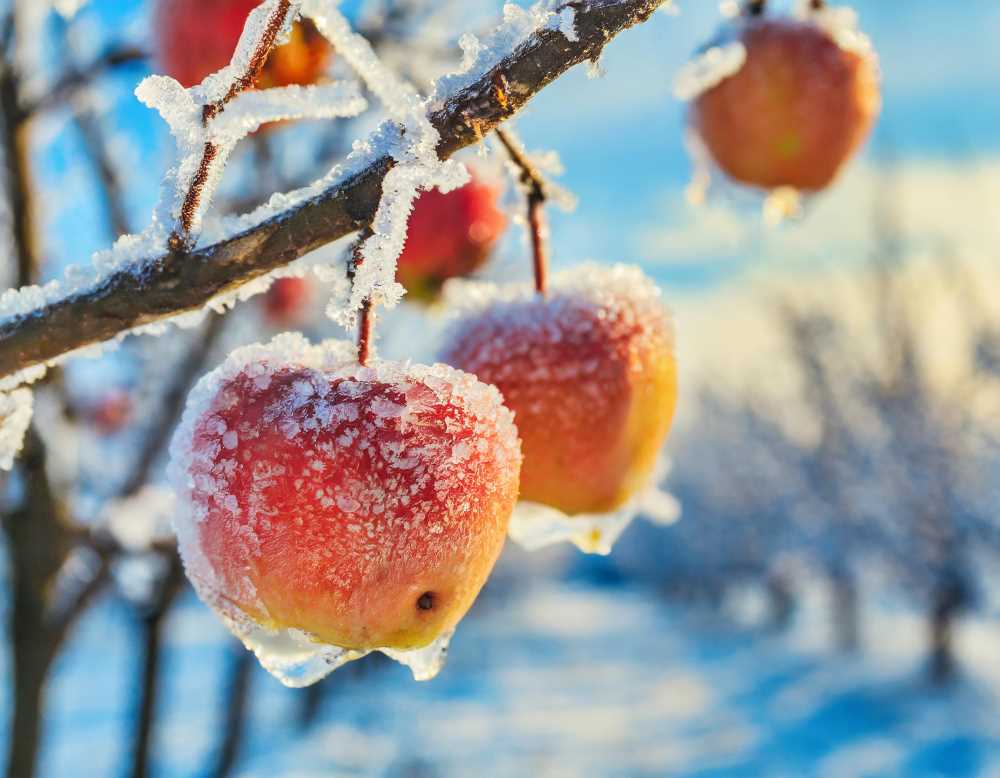Apples on Ice: The Sweet Science of Cidre de Glace
Ice cider, or cidre de glace, is a unique twist on traditional cider. Apples are frozen, concentrating their sweetness. The result is a darker, sweeter, still cider with higher alcohol. It's perfect for savoring alongside rich desserts or cheeses.

Crisp autumn days segue into the chill of winter. An orchard – once laden with plump rosy apples – now stands stark under a blanket of glittering frost. This transformation isn't an ending, but the start of a magical alchemy. Here, in the frozen heart of the season, the story of cidre de glace begins.
Inspired by the legendary ice wines, cidre de glace is a tribute to human ingenuity and nature's marvels. Apples left upon the bough or harvested yet unsheltered, hardening under winter's relentless kiss. Their water content freezes solid, leaving a potent core of concentrated sugars and vibrant flavors. This is the essence upon which ice cider's uniqueness is built.




